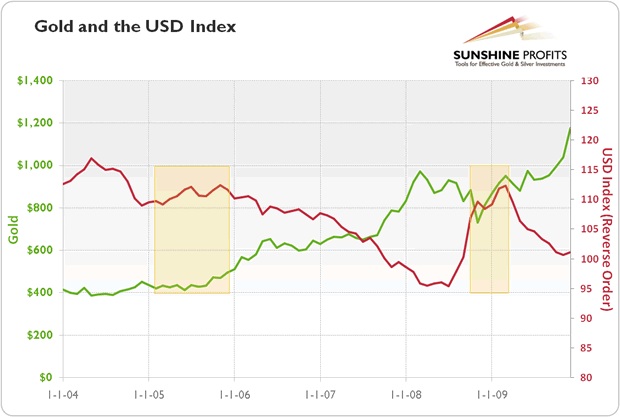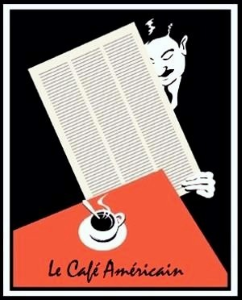 Recovery, we have a problem… November’s Flash US Manufacturing PMI printed a 10-month lows 54.7, missing expectation sof 56.3 by the most on record and tumbling for the third month in a row. The last 2 mnths have seen the biggest drop since June 2013 ands as Markit notes, suggests a further drop in GDP growth expectations of only 2.5% in Q4. Output is down for the 3rd straight month and Surprise!! Export market weakness is being blamed… as it seems the US cannot decouple from the rest of the world’s slump after all and is – as we have explained numerous times – merely on a lagged cycle.
Recovery, we have a problem… November’s Flash US Manufacturing PMI printed a 10-month lows 54.7, missing expectation sof 56.3 by the most on record and tumbling for the third month in a row. The last 2 mnths have seen the biggest drop since June 2013 ands as Markit notes, suggests a further drop in GDP growth expectations of only 2.5% in Q4. Output is down for the 3rd straight month and Surprise!! Export market weakness is being blamed… as it seems the US cannot decouple from the rest of the world’s slump after all and is – as we have explained numerous times – merely on a lagged cycle.
10-month lows…
This post was published at Zero Hedge on 11/20/2014.























 Follow on Twitter
Follow on Twitter
Recent Comments